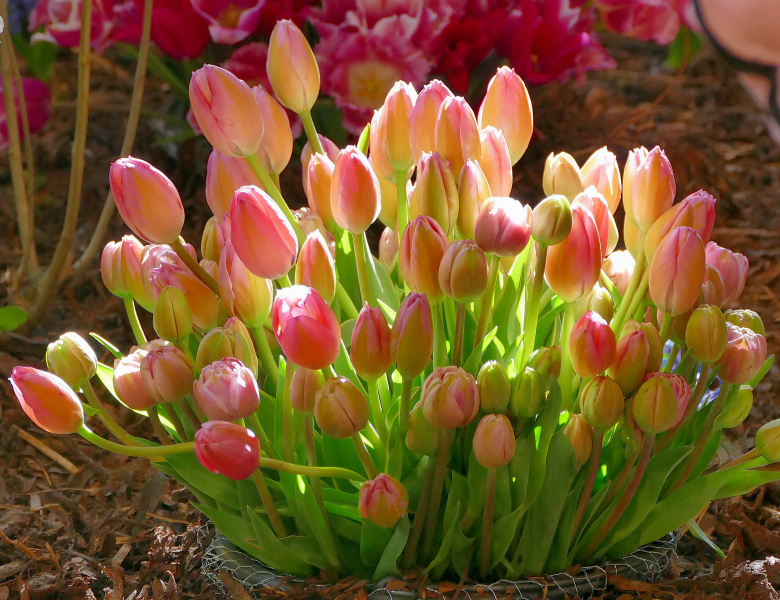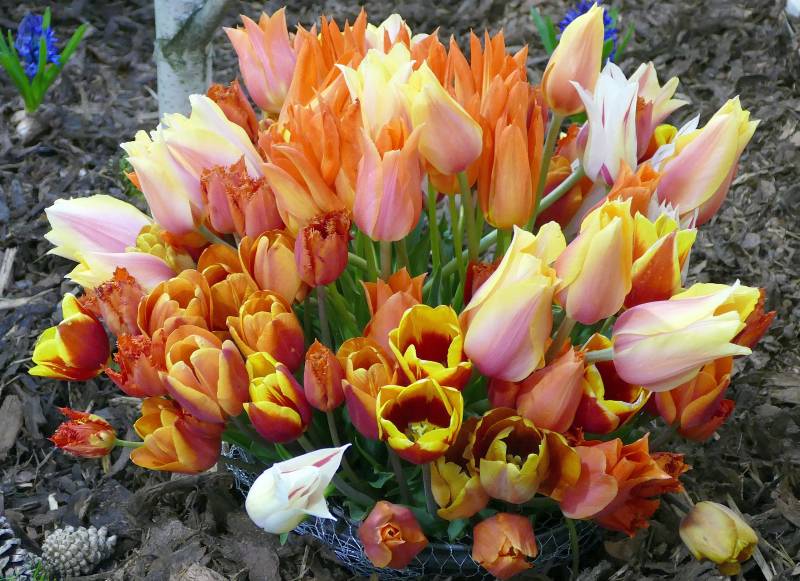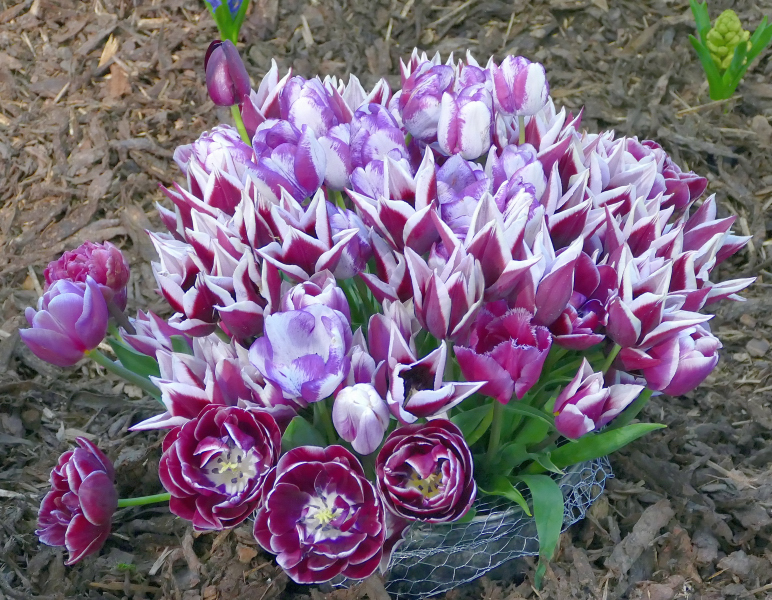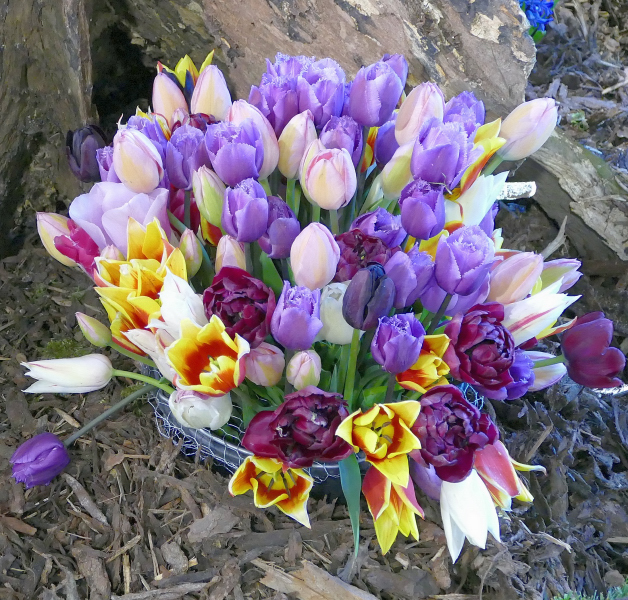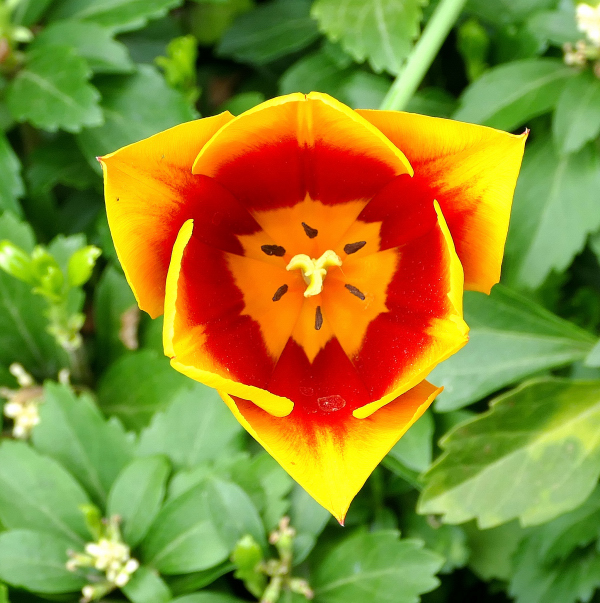According to the morphological details and geographical studies of taxa, the genus Tulip, which belongs to the family of Liliaceae, has been divided into two subgenres representing 17 species, two subspecies and two varieties (in total 19 taxa)(1).
It is a flower considered harmful from the point of view of health, absolutely not edible (2).
Diseases: Fusarium oxysporum causes the most serious fungal disease in tulips, producing dark brown spots on the upper or lateral part of the tulip bulbs (3) and the fungus produces large quantities of ethylene (4).
Besides the Tulip that we all know, there is the Tulipa edulis, a perennial plant of the family Liliaceae and is an important medicinal plant in China. The dry bulb of T. edulis is commonly used in the treatment of a variety of cancers (5).
From Tulipa sistole, which grows in Kurdistan, interesting components have been isolated such as embinin C-glycosylflavone (6), already found in the Germanic Iris L. (7).
References_____________________________________
(1) Tulipa cinnabarina subsp. toprakii (Liliaceae), a new subspecies from southwestern Anatolia.
Eker İ, Yıldırım H, Altıoğlu Y.
PhytoKeys. 2016 Aug 25;(69):65-70.
(2) www.salute.gov.it/imgs/C_17_opuscoliPoster_162_allegato.pdf
(3) Genetic mapping of resistance to Fusarium oxysporum in tulip.
Tang N, van der Lee T, Shahin A, Holdinga M, Bijman P, Caser M, Visser RG, van Tuyl JM, Arens P.
Mol Breed. 2015;35(5):122.
(4) Gerardo SJ, Miller WB, Bergstrom GC. Ethylene production by Fusarium oxysporum f. sp tulipae in live bulbs, and in vitro using freeze dried tulip bulb powder. HortScience. 2007;42:890.
(5) Lee S. A., Hong S. K., Suh C. I., Oh M. H., Park J. H., Choi B. W., et al. . (2010). Anti-HIV-1 efficacy of extracts from medicinal plants. J. Microbiol. 48, 249–252. 10.1007/s12275-009-0176-9
(6) Phytochemistry and Ethnopharmacology of Some Medicinal Plants Used in the Kurdistan Region of Iraq.
Amin HI, Ibrahim MF, Hussain FH, Sardar ASh, Vidari G. - Nat Prod Commun. 2016 Mar;11(3):291-6
(7) On the Structure of a New C-Glycosyl Flavone Embinin, Isolated from the Petals of Iris germanica Linnaeous - Asa KAWASE, Kazuyoshi YAGISHITA
Agricultural and Biological Chemistry - Vol. 32 (1968) No. 4 P 537-538
![]() Tulip
Tulip 

